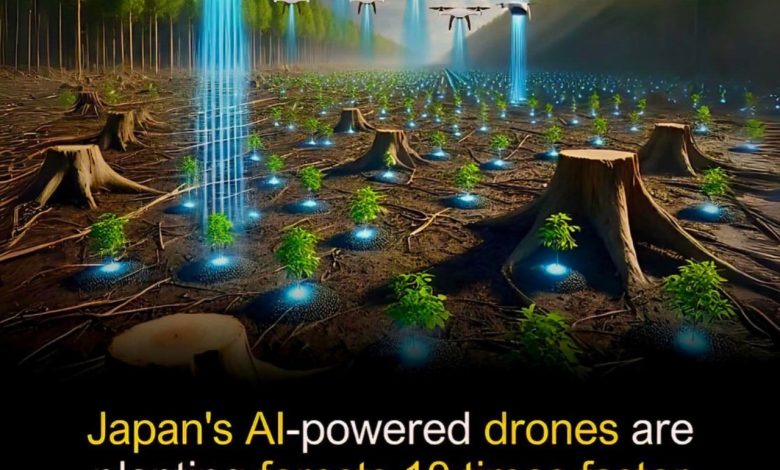AI Drone LiDAR Reforestation Outperforms Traditional Planting

Japanese AI-powered drones utilizing LiDAR technology are revolutionizing reforestation efforts by mapping land and dispersing nutrient- and fungus-enriched biodegradable seed capsules. Recent deployments in wildfire-affected forests in Kumamoto have achieved an impressive 80% seed germination rate—significantly higher than the 30% to 50% success typically seen with traditional manual methods, as highlighted in a Japan Daily article.
This innovation draws on advanced LiDAR forestry applications that allow for precise terrain mapping and accurate assessment of carbon sequestration potential. According to a 2023 FARO study, these technologies provide scalable models that could play a pivotal role in addressing global deforestation. The urgency is underscored by the UN’s FAO 2020 Global Forest Resources Assessment, which estimates around 10 million hectares of forests are lost worldwide each year.
Unlike conventional, labor-intensive reforestation initiatives—such as Ontario, Canada’s $900,000 Ogoki Forest project—Japan’s solar-powered drone swarms adapt in real time to changing ground conditions. Their ability to operate autonomously in remote or difficult terrains offers new potential for environmental restoration, particularly in regions facing workforce shortages or harsh landscapes. If scaled globally, this approach could mark a transformative step forward for ecological conservation and recovery efforts.




